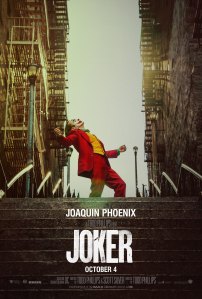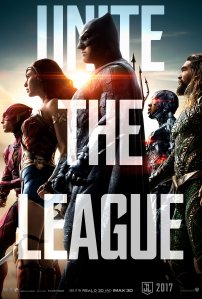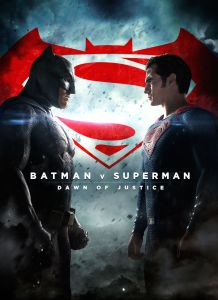
Written by Tom
‘The DC Cinematic Universe vs. the World’ is my series of posts looking at the DC Cinematic Universe, how it’s developed itself over time, and what its aesthetics are trying to do. We’re about to start looking at our third block of films (running from ‘Shazam!’ to ‘Zack Snyder’s Justice League’). Given that the series is a bit long now and was last seen about two years ago, maybe a quick recap is in order…
Zack Snyder made a one-off deconstruction of Superman called Man of Steel. At the same time as this, DC were looking to fast track the creation of a cinematic universe to rival Marvel’s. Man of Steel, being the financially successful reboot of their most iconic character, seemed like the perfect place to start and so retroactively became the DCEU’s first film with Snyder becoming the mastermind of the universe going forwards. This gave Synder a massive problem though: his first film was about deconstructing heroism, something that would be unsustainable in a continuous superhero franchise. How do you create something which would move the franchise away from deconstruction while maintaining stylistic consistency with a film dedicated to it?
His answer was to deconstruct his deconstruction in Batman vs. Superman, setting up his usual grimdark aesthetic but using it to house a story that’s fundamentally about how grimdark aesthetics can be dull. Once filtered through Synder’s bombastic directorial style (a style which can’t do anything quietly), the result was a film that basically screamed at the audience about how non-functional it was. This set the DCEU up as a cracked mirror of the Marvel Cinematic Universe – it wasn’t interested in doing standard superhero movies as much as it was interested in exploring “superhero movies gone wrong”. As an artistic statement, this is fascinating and has been able to maintain a strong cult fanbase to this day. Many mainstream viewers and critics found Batman vs. Superman to be too messy and weird though, many of the film’s more contentious moments becoming widely parodied memes. The DCEU was already beginning to show cracks.
Cue Suicide Squad and Justice League, the films that would bust those cracks wide open. Both of them tried to capitalise on the DCEU’s “superheroes gone wrong” aesthetic – Suicide Squad by literally putting villains in the superhero role and Justice League by wrapping up Synder’s deconstructionist aesthetic with a story about the DC superheroes finally becoming the icons they should’ve been two movies ago. The issue is that they were both production disasters.
(more…) Written by Tom
Written by Tom
 Written by Tom
Written by Tom  Written by Tom
Written by Tom